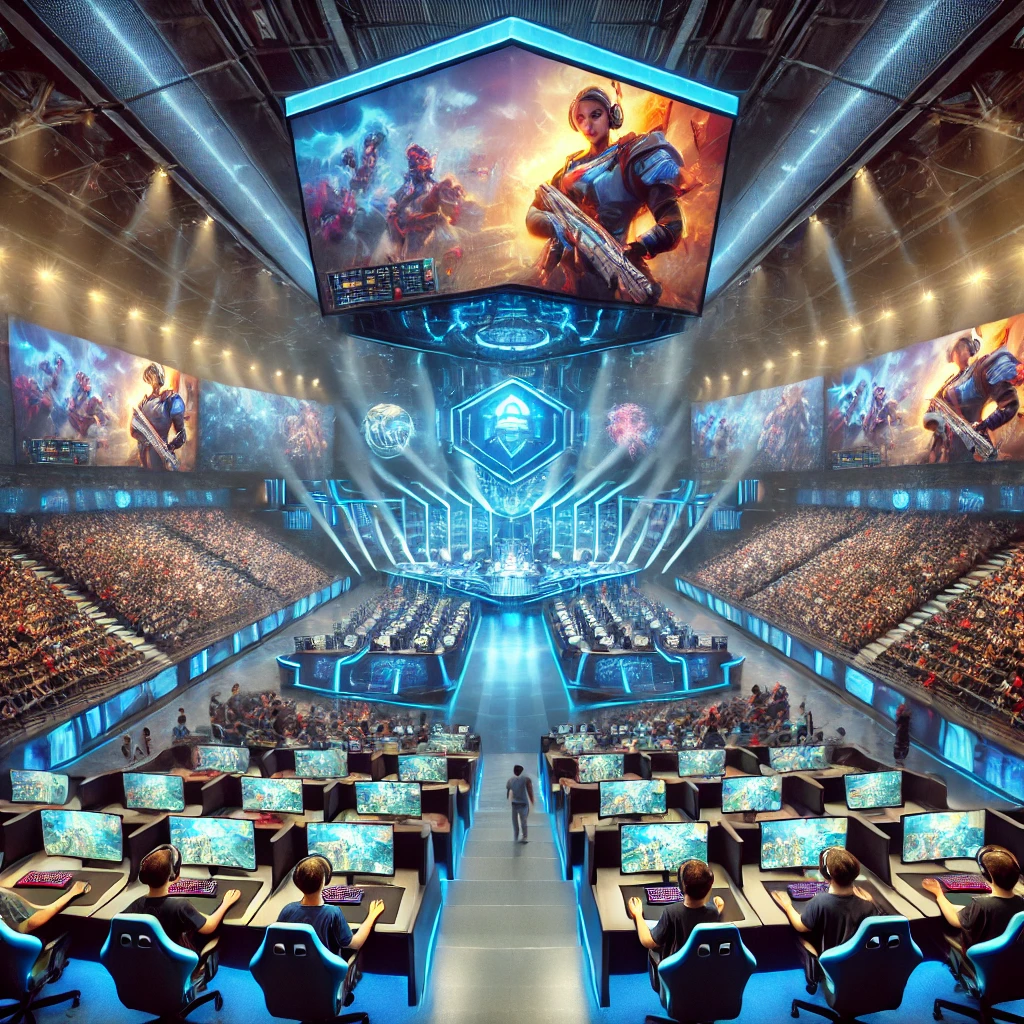Over the past decade, competitive gaming has evolved from niche hobby to billion-dollar global industry. Esports is no longer just for hardcore fans—it’s an ecosystem with professional athletes, international arenas, sponsorships, and massive digital viewership. If you’ve ever wondered how esports got so big and where it’s going, this article breaks it down.
A Global Spectacle
Today’s esports tournaments draw more viewers than many traditional sports leagues. Titles like League of Legends, Valorant, Counter-Strike 2, and Dota 2 lead the way, with annual prize pools reaching tens of millions.
These events are streamed live to millions via platforms like Twitch and YouTube, often in multiple languages, with teams representing entire nations or regions.
What Makes a Game Esports-Ready?
Not every competitive game becomes an esport. Key ingredients include:
- A high skill ceiling
- A large and engaged player base
- Spectator-friendly design
- Frequent updates and developer support
Many esports titles also foster grassroots scenes through amateur leagues, community tournaments, and ranking ladders.
Careers in Esports
It’s not just about being the best player. Esports includes:
- Analysts and commentators
- Coaches and managers
- Event producers and stream directors
- Marketing and sponsorship agents
Esports is now a real career path for skilled and passionate individuals.
What’s Next?
With universities offering scholarships and developers building titles specifically for competition, the esports industry is only getting bigger. And as VR and AI evolve, the definition of competitive gaming may soon expand even further.



